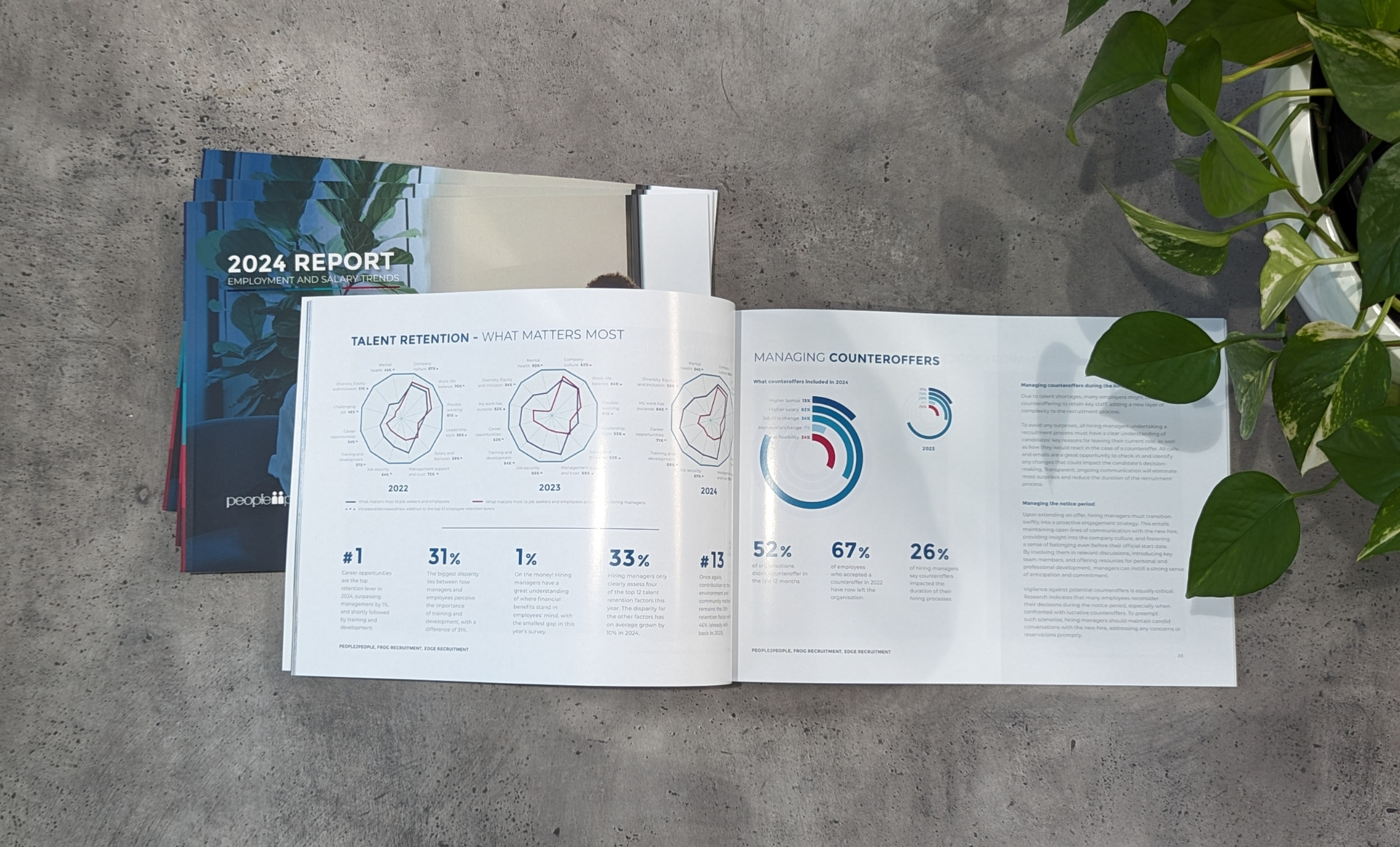As the old saying goes, there are ‘lies, damned lies and statistics’. And when it comes to the job market in 2018, there are an awful lot of statistics floating around!
Today there was an article online purporting that insecure work is the new norm for Australian workers; that there are less full time permanent jobs than ever and perhaps more and more people are working in roles where they have no protection and entitlements. What a fascinating read!
Mostly because the group that put together the ‘research’ has based it on the well-documented Australian Bureau of Statistics’ data. Data that has been analysed and reported on before.
What this story tells us is that the state of the Australian Job Market depends on who is telling the story. Those who are intent on protecting workers ‘rights’ push the view that our workforce has been casualised and those who are intent on promoting economic growth, push the view that unemployment rates are low and more jobs are being created than ever before.
So what is the truth?
Well it’s complicated. Because raw numbers don’t actually tell the whole story.
For example, there has been an increase in the number of people working in part time employment. That sounds bad right? It sounds like people have been forced into part time work because there isn’t any full time work around. And maybe, for a significant number of people that might actually be the case! But what if the reason the number of people in part time employment has gone up is actually because more parents have come back into the workforce and have asked for flexible hours e.g. they have asked for part time work? Wouldn’t that actually mean that an increase in part time work might actually show how more employers are offering flexibility to their workforce, as opposed to reducing hours?
So spinning the part time vs casual vs permanent job numbers is a little shallow, to be honest.
What is more critical and should be getting more attention is the stagnation in wages growth . Because it’s pretty clear that more and more people are becoming the ‘working poor’. They are in jobs and paying taxes, but are struggling to pay bills, fill the tank with petrol and keep a roof over their head.
Without even producing statistics, I can give you two examples I have read or overhead in the past two weeks alone.
On the way home on the bus one evening, I overhead a conversation from a woman who had called her grandfather to ask if she could stay at his place that night. This is because she is working a shift that ends very late at night and the company has a policy of sending her home in an Uber. The Uber ride was costing her $30 a night and over the period of a week, it was taking $150 out of her pocket. If she stayed with her grandparents, then the Uber ride would only be $10 and she could afford to pay her bills. She is the working poor.
Then on a Facebook group page recently, there was a post from a young woman who was asking if anyone knew where she could get free food as her boss had messed her pay up for the previous three weeks and she had literally no food to eat. She works and can’t afford to eat. She is the working poor.
Let’s hope people stop fighting over the types of work Australian’s are doing and focus more on how we can generate wages growth. So people can eat. And heat their homes in winter. And clothe their children.
Share this article
Useful links
Search for jobs today
Temp Jobs in United Kingdom
Perm Jobs in United Kingdom
Got a vacancy?
What's happening in the market?
Get your copy of the 2024 United Kingdom Employment and Salary Trends Report
How do I prepare for my job interview?
Get in touch
Find out more by contacting one of our specialisat recruitment consultants across Australia, New Zealand, and the United Kingdom.
Recent insights



UK's 2024 Employment and Salary Trends Report
Salary trends, talent attraction and retention strategies
Copyright © 2024, people2people
people2people partners with
CarbonInvoice to measure and mitigate any carbon emissions associated with the work we do.
Specialisations
Locations
Resources




